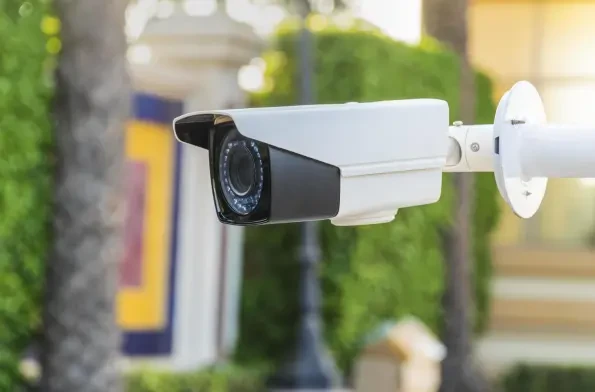In today’s rapidly evolving technological landscape, the video surveillance industry stands at a pivotal juncture, driven by groundbreaking advances in artificial intelligence (AI) and cybersecurity. These advancements are not only shaping operations but are also redefining the strategic focus of industry players. Insights from a recent study by Axis Communications reveal that industry leaders widely recognize AI, particularly generative AI, as a crucial trend impacting the sector. However, despite the enthusiasm surrounding AI, cybersecurity, along with risk and privacy concerns, remains a critical priority for stakeholders, underscoring the need for a delicate balance between technological adoption and security.
The Current State of the Video Surveillance Industry
The video surveillance industry is marked by significant technological evolution and increasing importance in global security measures. The sector encompasses a wide range of segments, including hardware manufacturers, software providers, and service integrators, all influenced by the rapid advancement of technologies such as AI and the Internet of Things (IoT). Leading market players are continuously innovating to enhance system capabilities while addressing complex regulatory landscapes that govern industry practices. Compliance with data protection laws and standards, such as the General Data Protection Regulation (GDPR), plays a pivotal role in shaping the operations of global video surveillance enterprises.
Key Trends and Market Dynamics
Technological Advancements and Consumer Behavior
Current trends in the video surveillance sector are predominantly driven by technological breakthroughs and shifting consumer expectations. AI, specifically generative AI, is at the forefront, with significant enthusiasm and adoption among businesses seeking to leverage analytics and automation for enhanced surveillance capabilities. Consumers increasingly demand more intelligent and responsive security solutions, prompting companies to explore new opportunities in AI-driven insights and actionable data beyond traditional security applications.
Market Data and Future Projections
Market analysis indicates robust growth prospects for the video surveillance industry in the coming years, powered by rising demand for integrated security solutions and sophisticated monitoring technologies. Growth projections highlight the expansion of market share for AI-infused platforms and cybersecurity-focused offerings, as companies seek to capitalize on the increasing emphasis on data privacy and compliance. Performance indicators suggest an upward trajectory, with future forecasts pointing to innovative solutions that address both security enhancement and operational efficiency.
Challenges and Solutions in Video Surveillance
Despite the promising technological landscape, the video surveillance industry faces significant challenges. These include technological obstacles such as integrating AI with existing systems, regulatory hurdles in navigating data protection laws, and market-driven complexities like changing consumer preferences. Addressing these challenges requires a multifaceted approach, incorporating strategic integration of AI, rigorous cybersecurity protocols, and adaptive market strategies to ensure resilience and sustainability.
Regulatory Framework and Compliance
Regulatory compliance is a cornerstone of the video surveillance industry, with laws and standards dictating data handling and privacy measures. Significant regulatory frameworks, including regional and international mandates, influence industry practices and demand adherence to rigorous security protocols. Companies must continuously adapt to regulatory changes to mitigate risks and maintain trust with end customers, crafting strategies that align with evolving compliance landscapes.
Future Outlook and Emerging Opportunities
The future of the video surveillance industry is poised for transformation through the continuous advancement of AI technologies, increased emphasis on cybersecurity, and growing consumer demand for intelligent systems. Emerging opportunities lie in the development of innovative surveillance solutions that integrate AI, enhance user experiences, and bolster security measures. As the global economic landscape evolves, businesses will need to navigate a complex array of factors, including regulatory pressures and market disruptions, to thrive and capture growth potential.
Conclusion and Strategic Recommendations
The report’s findings underscore the interconnected influence of AI and cybersecurity in shaping the video surveillance industry’s future. It is critical for businesses to strategically integrate these technologies to maintain competitiveness and address stakeholders’ nuanced priorities. Moving forward, companies should invest in AI advancements, prioritize stringent cybersecurity measures, and adapt to regulatory changes to position themselves at the forefront of industry innovation and market leadership.













